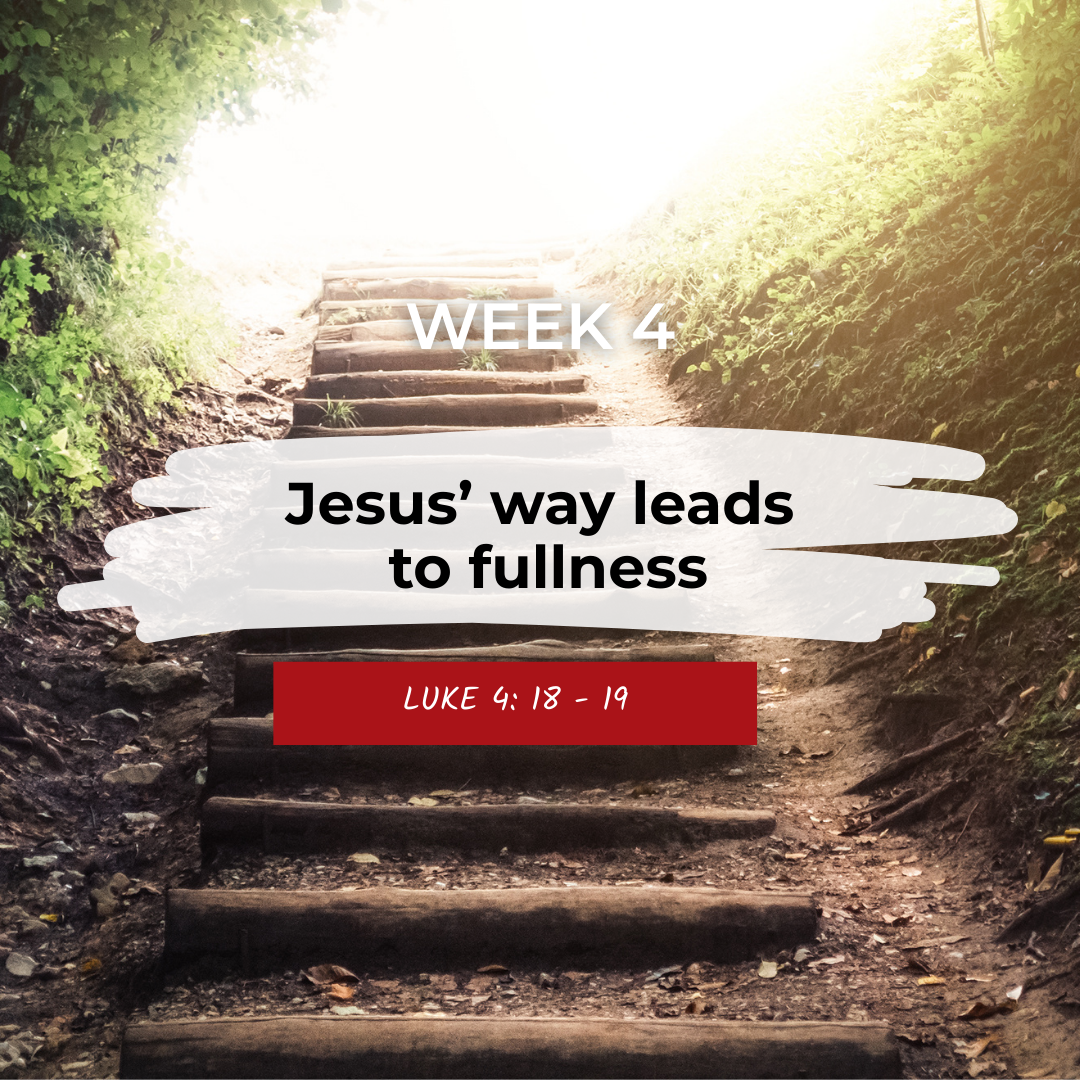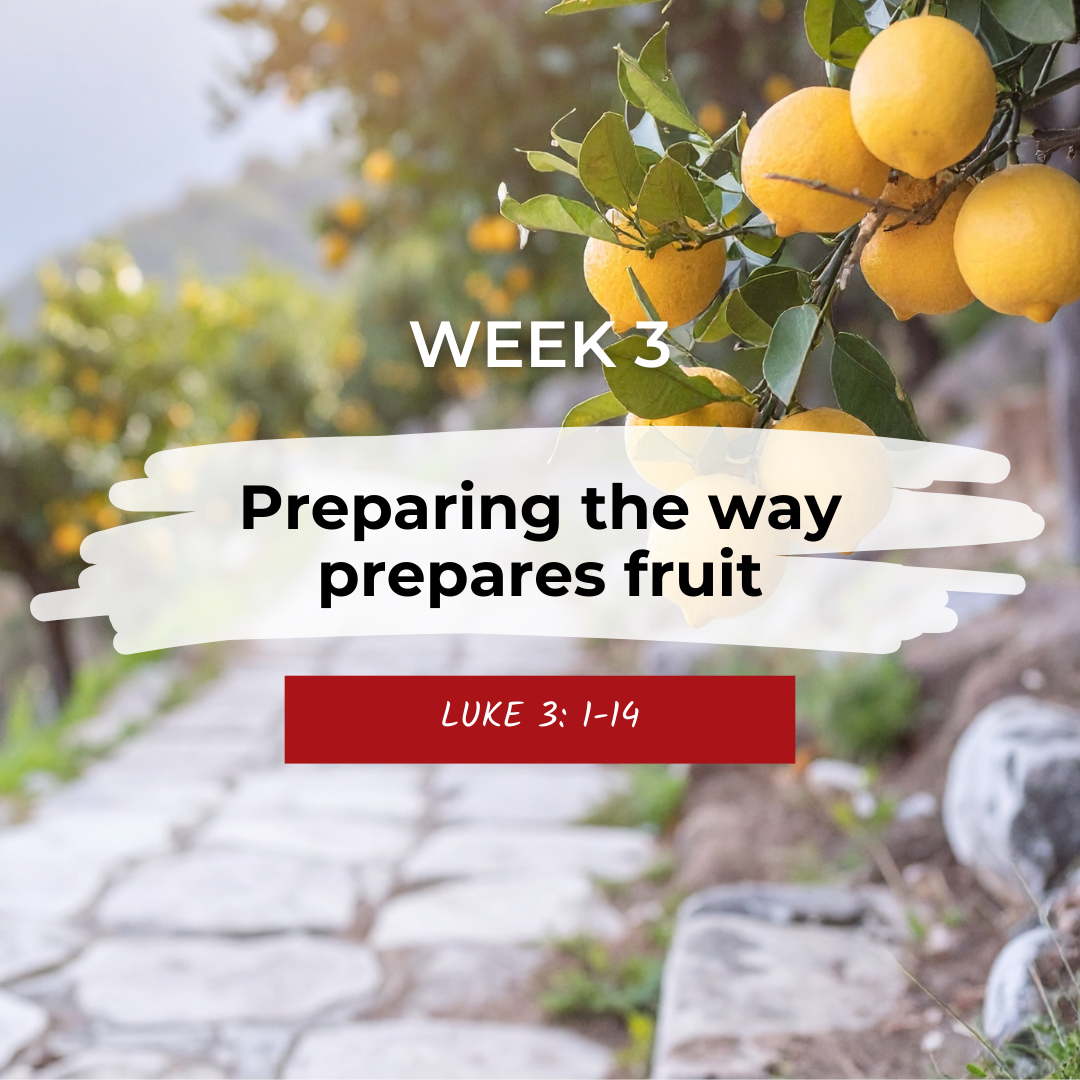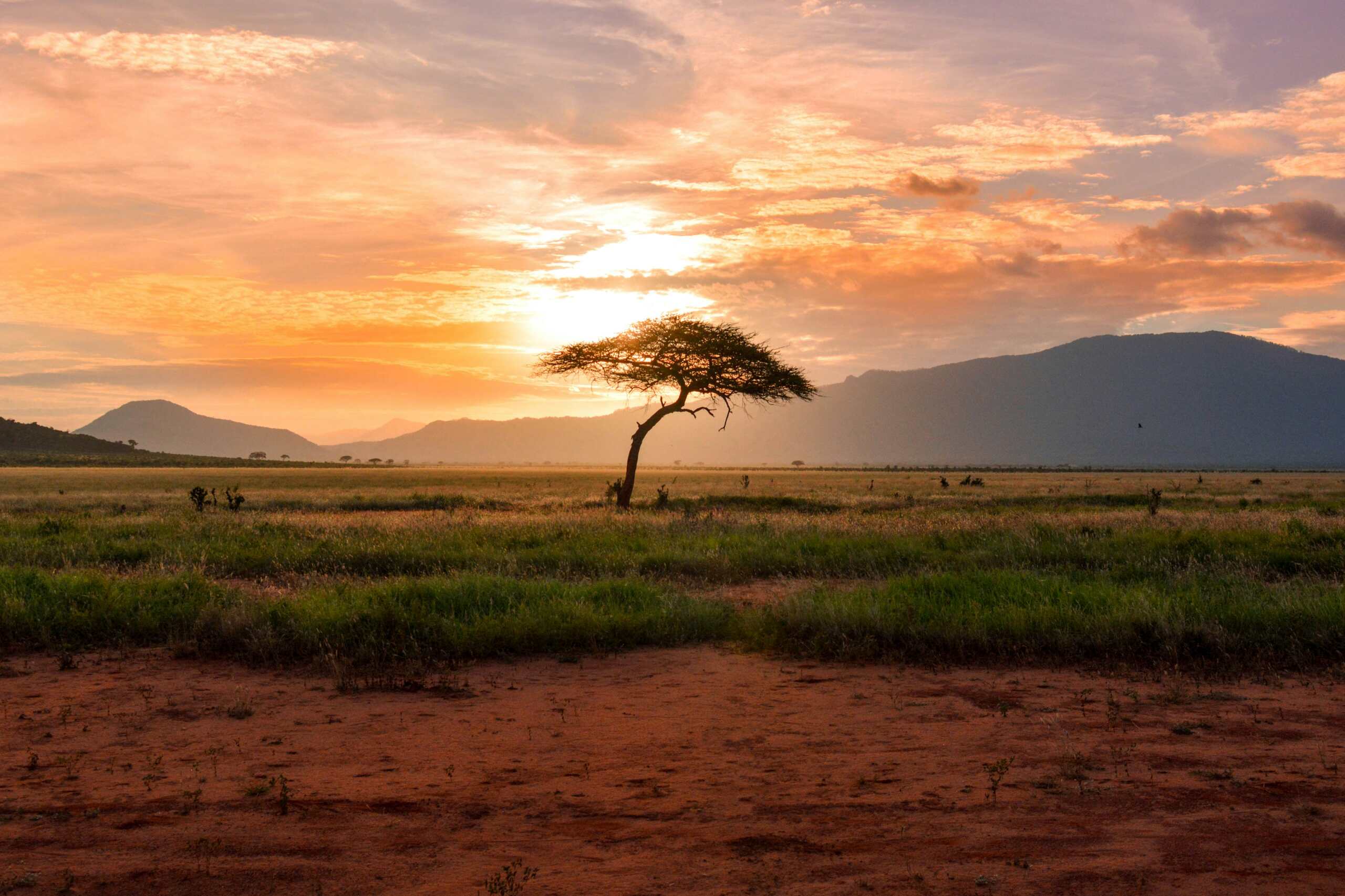Update on Super Typhoon Odette in the Philippines
Stories | March 2, 2022
In mid-December 2021, Super Typhoon Odette (known outside the Philippines as Typhoon Rai) hit the Philippines, ripping through townships, damaging infrastructure and massively disrupting electricity and water supply. Around eight million people were affected in some way and 1.4 million houses were damaged.
CBM responded in coordination with the local governments in municipalities of Surigao del Norte, where CBM Global have existing programming and where 51,000 people were affected. We supported distribution of live-saving supplies including medicine, food and clean water in the immediate aftermath.
We also wanted to gather solid evidence in the experience for people with disabilities and older people during this typhoon. Why did we want to understand this? Because we need solid evidence to take to governments to emphasise the need for inclusive disaster planning and responses. Did people with disabilities hear about the cyclone early enough? Were evacuation processes appropriate for people with all sorts of different impairments and for older people? What could be done to improve for next time, given the Philippines is so disaster prone?
This is what we found from a survey of 200 people with disabilities and elderly people in the immediate disaster area.
The impact:
- 79% of people had damaged houses and an impact on their livelihood.
- 60% had less than a week’s supply of food or cash to purchase food.
What’s good in planning and preparedness:
- 96% were aware that the cyclone was coming four days before it hit: people got warnings via text messages, door knockings, megaphones and bells.
- 86% were evacuated from the homes at least a day before the cyclone hit. 60% headed to schools, churches, and community buildings or dedicated evacuation centres.
Room for improvement:
- 40% said that the evacuation centre was not accessible for older people and people with disabilities.
- 13% said they were no accessible toilets or handwashing facilities.
- 14% said they didn’t feel safe at the centre.
- 12% said they faced discrimination during the evacuation process.
Having first-hand information like this shows where governments are doing well and highlights areas that could be improved. In that way, people with disabilities and older people will remain safe and included when a disaster hits.
CBM has developed an online app and website where governments and aid agencies can get information on how to make their emergency responses more inclusive. It provides tips on how early warning systems can be accessible, how evacuation processes and centres can be safe and accessible for all, and how the distribution of relief packages and health support needs to consider the needs of people with different impairments. See the CBM HHot app and website https://hhot.cbm.org
https://www.cbm.org.au/stories/update-super-typhoon-odette-hit-the-philippines
Related Stories

Advent 2025: Jesus’ way leads to fullness
The way of Jesus gives people freedom and empowers them to live out their God-given purpose. The last few weeks...

Advent 2025: Preparing the way produces fruit
John the Baptist called people to prepare for God’s presence through repentance and by producing fruit (acts of justice,...

From sports to advocacy – the journey of the Isiolo Umbrella Disability Group
The Promoting Inclusive Delivery of Eye Care (PRIDE) Project is a...
